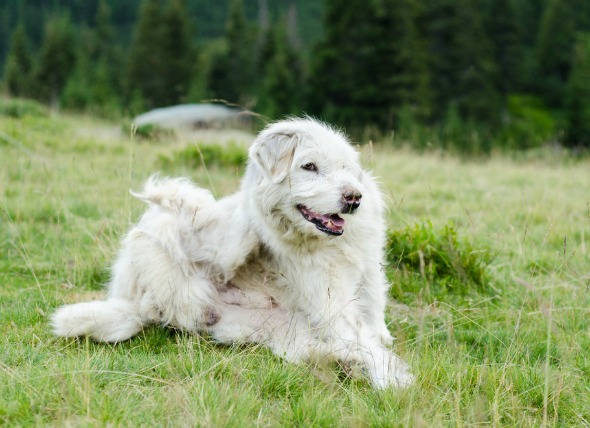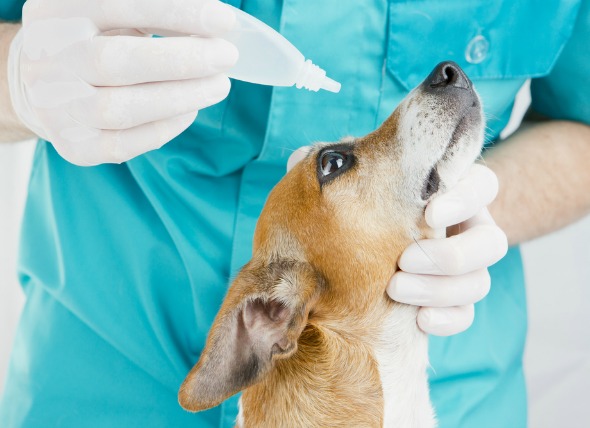

Pruritus is the medical term used to define a dog's sensation to itch, or the sensation that provokes its desire to scratch, rub, chew, or lick its hair and skin. Pruritus is also an indicator of inflamed skin. Intense scratching can eventually lead to partial or full hair loss, but with treatment, prognosis is positive.
The condition or disease described in this medical article can affect both dogs and cats. If you would like to learn more about how pruritus affects cats, please visit this page in the petMD health library.
Some of the most common symptoms seen in dogs include:
There are many causes of pruritus, including fleas, scabies, lice, allergies, bacterial infections, abnormal cell development (neoplasia), and immune disorders.
A skin biopsy may be needed to determine the diagnosis as there are many triggers that can cause skin itching and the desire to scratch. Allergy testing is often used to determine and localize the cause of the itching or desire to scratch.
The treatment given will be dependent upon the underlying cause for the condition. If the dog's diet is causing the skin irritation and the desire to scratch, dietary modifications will be recommended. Medicine may be given orally, by injection, or as a medicated topical (external) ointment to minimize or eliminate the desire to scratch.
Pruritus requires ongoing treatment and can be frustrating for the dog's owner if progress is not made. Administering the prescribed medications will help to reduce or eliminate the desire for the dog to scratch. Dietary modifications may also be called for.
There are currently no known preventative measures, but with maintenance and treatment, recurrence can be avoided or minimized.
 Red Eye (Episcleritis) in Dogs
Episcleritis in Dogs
Redness of the white part of
Red Eye (Episcleritis) in Dogs
Episcleritis in Dogs
Redness of the white part of
 Kidney Disease in Dogs
Fanconi Syndrome in Dogs
Fanconi syndrome
Kidney Disease in Dogs
Fanconi Syndrome in Dogs
Fanconi syndrome
 Mammary Gland Tumor in Dogs
Benign and malignant tumors of the mammary glands
Mammary Gland Tumor in Dogs
Benign and malignant tumors of the mammary glands
 Lack of Bladder Control in Dogs
Urinary Incontinence in Dogs
Dogs are sometimes u
Lack of Bladder Control in Dogs
Urinary Incontinence in Dogs
Dogs are sometimes u
 Fungal Disease (Sporotrichosis) of the Skin in Dogs
Sporotrichosis in Dogs
Sporotrichosis is a fungal
Fungal Disease (Sporotrichosis) of the Skin in Dogs
Sporotrichosis in Dogs
Sporotrichosis is a fungal
Copyright © 2005-2016 Pet Information All Rights Reserved
Contact us: www162date@outlook.com